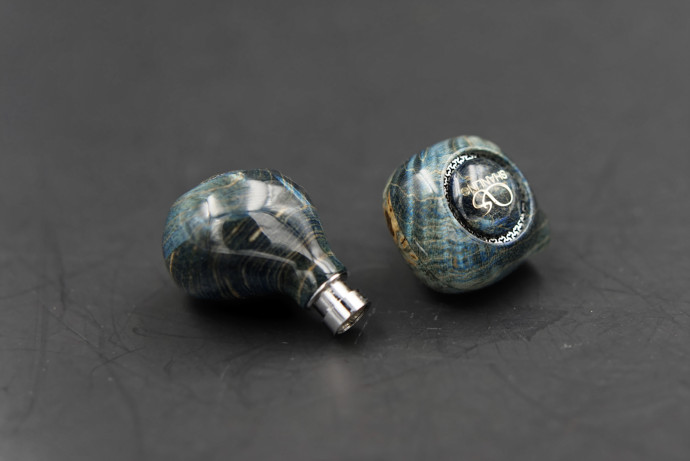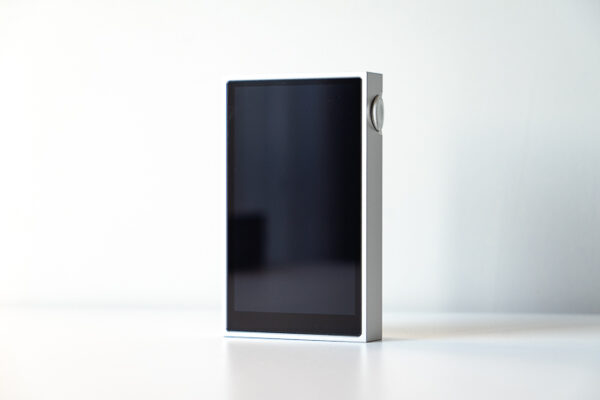Design & Build Quality
Casing
At first glance, the new Shanling MG600 looks like a completely different beast, compared to the ME800 we previously reviewed.
Gone is the semi-custom design, now replaced by a rounded shell, entirely made of wood, instead of acrylic, or metal like the ME500. And if wooden shells aren’t new and are usually found in entry-level IEMs, the one used for the MG600 is quite special.
Because, instead of your classic maple or walnut, Shanling chose a 100-year-old stabilized maple. A composite material, made from a blend of pigments and resins, then carefully crafted into the final shell, thanks to CNC-milling, topped by the brand logo, printed onto the faceplate.
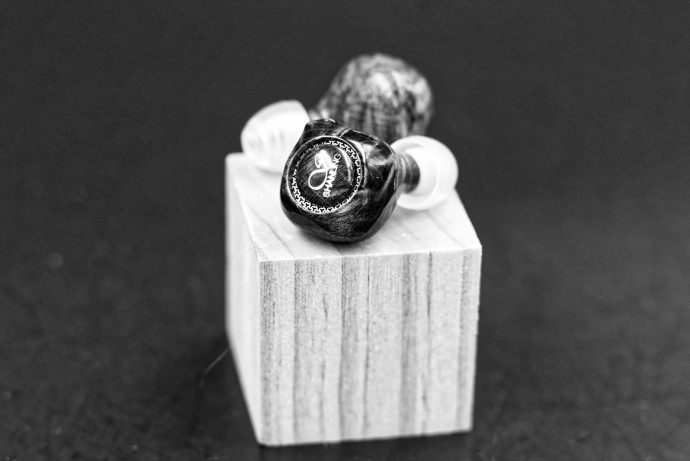
Visually, the result is quite stunning, but won’t appeal to everyone, especially if blue isn’t your color, but first and foremost because of the strange format of the IEM. Instead of going semi-custom, as BGVP did with their DM8 – also made in stabilized wood – the brand picked a bulkier design.
Personally, I had a hard time when I took them out of the box the first time, but after a few weeks in my hand, they just grew on me. The soft-touch of the wood, combined with the round shape and metallic nozzle gives the right mix of premium feel and retro vibes. I like that.
Build quality
The Shanling MG600 build quality is top-notch, like all Shanling’s recent models.
The MMCX port fits perfectly, there is no gap wherever your hand can touch, no shards or misplaced elements, and the smoothness of the shell gives a very good level of comfort. It’s a very different beast, compared to the ME800 m, but the new model should be more resistant to the stress of time – wood for the win!
Another good point for the wood: it’s scratch-proof, or at least more than resin. I kept the MG600 in my jeans pocket, with my keys, without any protection, and the IEM look good as new. The same goes for the humungous silvery Y-splitter, which never lost its brilliance, where some of my “premium” cables appeared worn out after just a single trip.
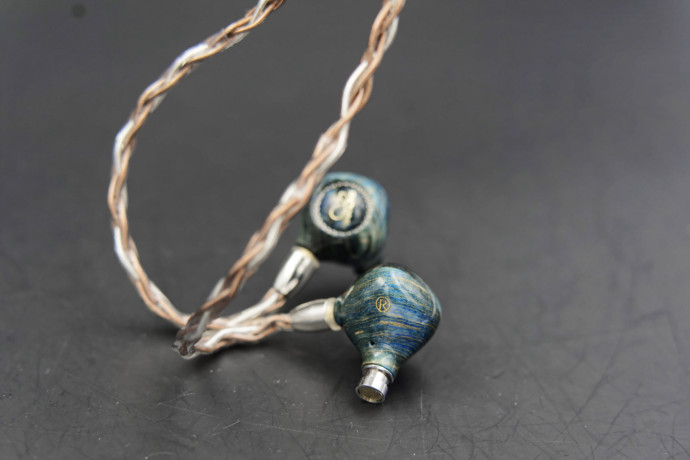
Talking about cable, the MG600 enjoys the same cable provided with the ME700/ME800: an octa-core, mono-crystalline copper one, with dual-layered conductors in a coaxial construction. And as you might have figured out from the picture, the wire is made by Furukawa, a Japanese maker, that produces top-quality ones. You can spot them on high-end models like the Meze Elite, which can be equipped with the same kind of
Last but not least, the Shanling MG600 enjoys the same kind of interchangeable connectors you’d find on FiiO’s FD7/FD5/FD3, or BGVP’s DM8. In fact, you can now switch between 3.5mm / 4.4mm / 2.5mm and keep the same exact cable. It’s a 30 seconds process, involving no tools and just a light twist, thanks to some clever engineering.
Sensitivity / Hiss
Impedance is low (22 ohms), and sensitivity is good (105dB/mW), so you can drive those IEM’s with almost anything, but it will shine only when hooked to a good DAC or DAP.
It’s not an IEM sensitive to hiss, but as most modern DAC are not basically hiss-free, this isn’t a real issue anymore.
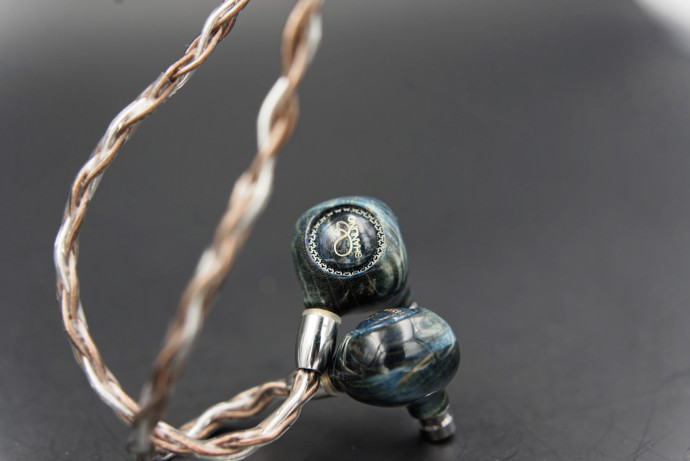
Comfort and usage
Comfort
To my own surprise, the Shanling MG600s were quite comfortable – though still inferior to the ME800 in this regard.
The solid nozzle holds the tips firmly and the rounded design achieves a tight seal, with the right tips. I tried a few tips and ended up with the small spin-fit, but the brand also has classic ones – with the usual vocals/bass/soundstage foam ones, if that’s more your jam.
For the tips, the brand strongly advised us to use the Spinfit CP100. Those were used to benchmark the ears during their development. Very nice silicone tips that I ended up using too, as they gave me the best balance of comfort and isolation. And, if you’re not into SpinFits, the MG600 comes with classic tips too, plus memory foam ones, if you want the best insulation.
So far, so good.
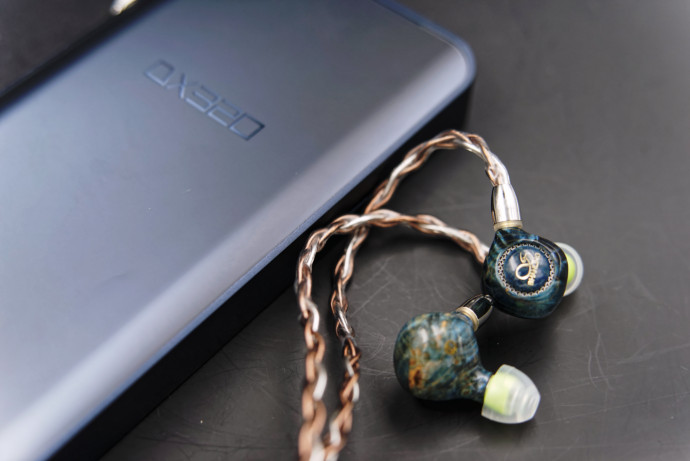
Isolation
For a semi-open IEM, the Shanling MG600 is quite impressive in this regard.
Sure, it’s not as potent as your classic IEM, which usually offers sound isolation up to -26dB but, when you remember that almost half of the faceplate is just a grid pierced through and through… it’s admirable.
Voices are correctly muffled, railroad noises attenuated and the MG600 only struggled with high-pitched noises, which crossed the sound barrier almost every time, whereas my usual acrylic models were almost “bullet-proof” in this regard..
Strangely enough, and as I said above, for commuting, it worked flawlessly. But don’t use them at your office, they can be overwhelmed. For those times, I’d lean more in Apple’s territory with the AirPods Max and AirPods Pro.
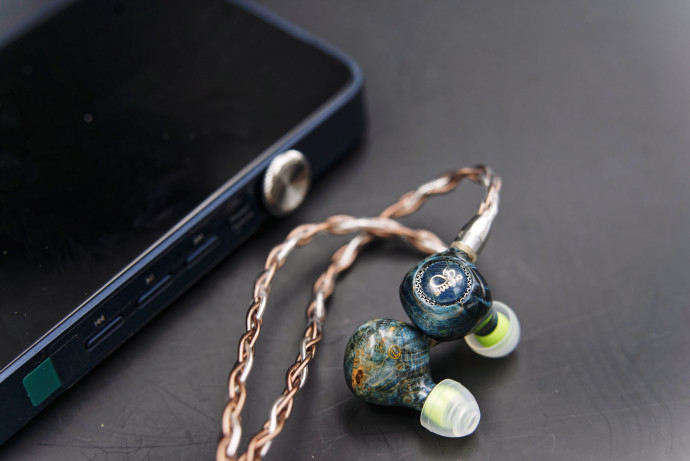
Bundle
Inside the box
The Shanling MG600 comes with a very nice bundle. In the box, you get:
- the Shanling MG600
- a Furukawa, octa-core single crystal copper cable, with 3.5mm, 2.5mm, and 4.4mm termination
- a faux-leather carry case, in superb green
- a cleaning brush that doubles as a switch activator
- 6 bass eartips, 6 sound-stage eartips, 6 vocal eartips, 4foam tips
A comprehensive bundle, that gives you all the tips you might ever need, with the same swappable system found in higher-tier models. Bonus point for the cable, which is absolutely gorgeous with its jewel-like Y-separator, and a carry case that adopts the exact same color found on Swiss luxury watch boxes.
Additional accessories
Honestly, the Shanling MG600 – comes with everything you might need. So, the only thing that I could suggest, would be a good DAC or DAP. Personally, I chose the Shanling M6 PRO 21 as my main source and the iBasso DC06 + ddHiFi TC28i (excellent DAC) on the go, but it’s up to you.
Time to check the specs!
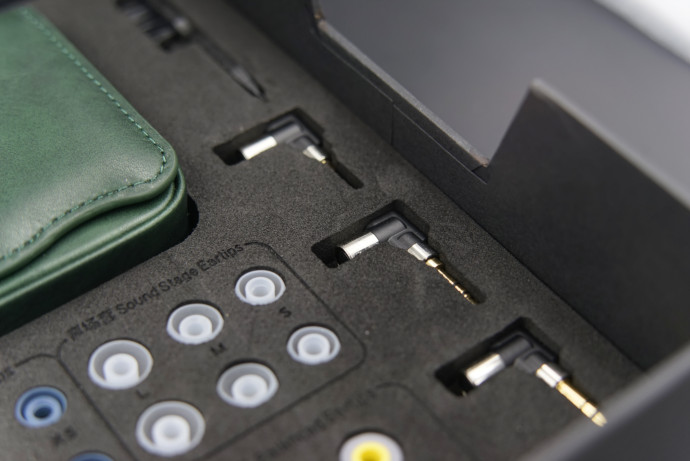
Specifications
For the nit-pickers and nerdy ones here, I’m giving the specs and technical sheets. For all the others, you can just go to the next page to see how the Shanling ME800 performs.
10mm dynamic driver + new special diaphragms
For this new generation of IEMs, Shanling introduces an umpteenth transducer, dynamic this time. And If I expected the MG600 to come with the small, but mighty, ones found in the ME800, that was not the case.
And so, at the heart of the wooden shell, you’ll find a 10mm driver boasting an aluminium/magnesium alloy dome, combined with a new diaphragm, using a mix of carbon and graphite fiber composites. All of that is then driven by a high-performance magnet, embedding a High-Tension Japanese coil, designed to perfectly match the aforementioned driver.
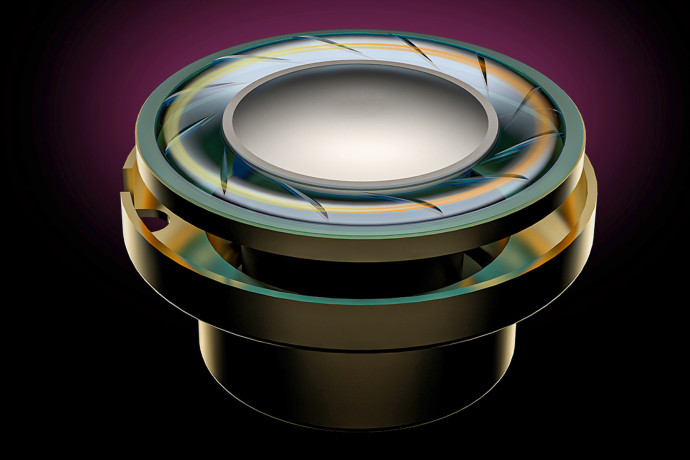
Unlike FiiO and their FDx series though, Shanling didn’t add any beryllium or DLC coating, nor did they advertise massive Tesla flux for their coil. But, what really matters at the end of the day, remains the sound, and the brand has an excellent track record in this regard.
Semi-open design + wooden shell
A quick note on the semi-open design. If I don’t quite understand the idea for an IEM (neither for an headphone) we see more and more models embracing this kind of layout.
Why? Because letting the air trough has a few advantages, especially with a dynamic driver:
- expanded soundstage, as the airflow more naturally in and out
- deeper hitting sub-bass tones and a proper dynamic sound
- balanced pressure, to reduce listening fatigue, as 64Ears did with their APEX system
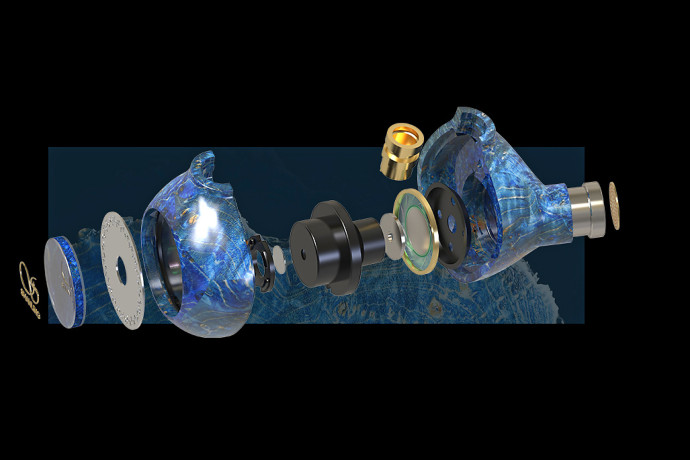
It gave outstanding results on my FiiO FD7, so I’m pretty curious to hear how that’ll translate on the MG600.
Finally, I’d like to point out how the Shanling MG600 enjoys a full-wood enclosure. Like a Hi-Fi speaker, this shall give a smooth, relaxing sound, with slightly elevated bass, and focused midrange and vocals. Making all types of music simply flow – or at least that’s what Shanling advertises.
We’ll have to confirm that, after a quick look at the full specifications.
Full specs
- Type: IEM
- Style: dynamic driver IEM
- Drivers: 10mm DD with aluminium/magnesium dome + carbon fiber composite diaphragm
- Socket: MMCX
- Cable: High-purity octa-core, with interchangeable connectors
- Shell: CNC-milled stabilized maple wood
- Weight: 3.3g per ear
- Frequency Response: 20Hz- 40kHz
- Impedance: 22 ohms
- Sensitivity: 105dB
- Sound Isolation (up to): 30dB
- Cable length: 130cm
- Connectors: 3.5mm / 2.5mm / 4.4MM
- Price: $649
The review continues on Page Three, after the click HERE or by using the jump below.
Page 1: About the brand
Page 3: Sound and tonality






